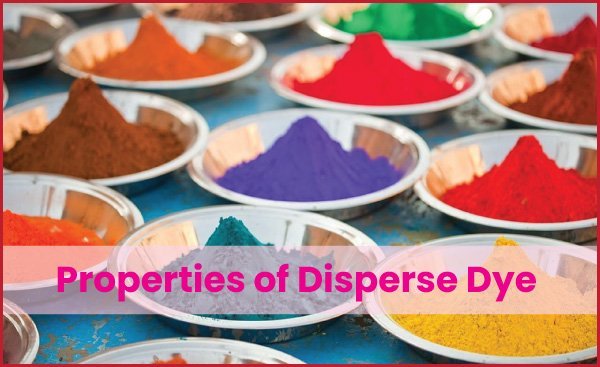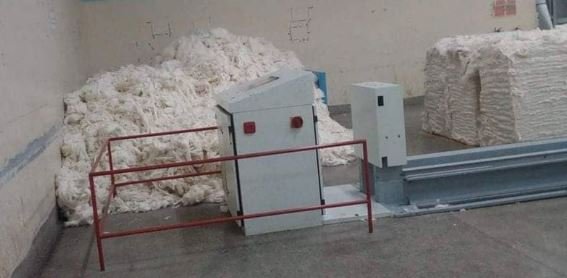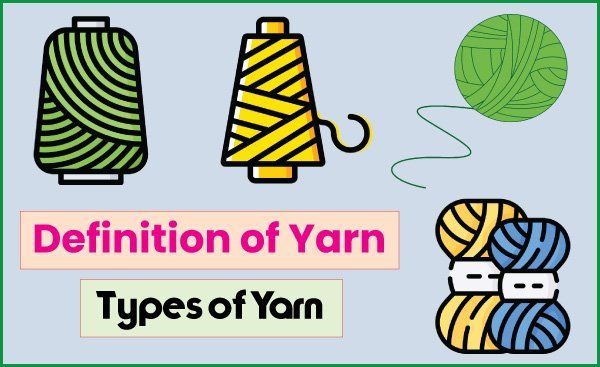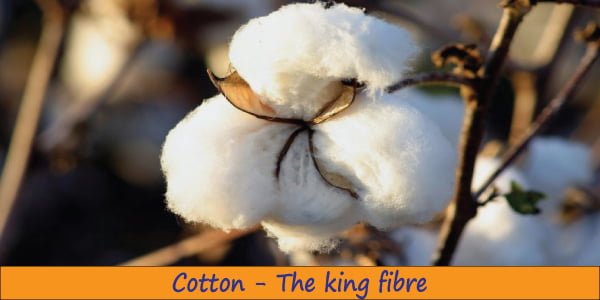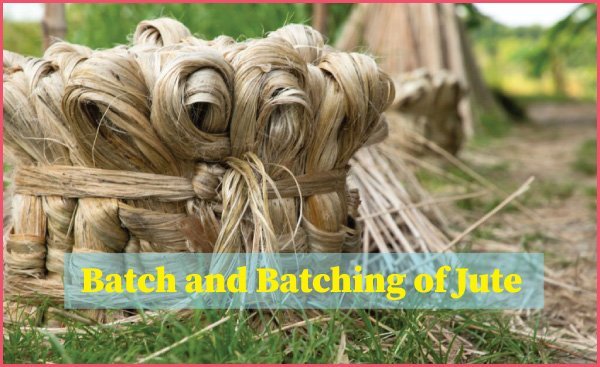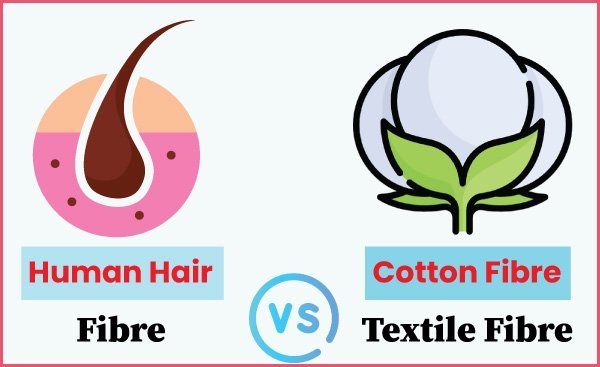Spinning is a process by which textile fibres are processed into yarns. All the fibres are not textile fibres. To be a textile fibre it should has some specific properties. Now we will know about it in a nut shell. Factors of a Model Textile Fibre for Spinning For considering as a textile fibre it […]
Definition of Disperse Dye | Properties of Disperse Dye
Definition of Disperse Dye The term ‘Disperse dye’ is an organic coloring substance which is free from ionizing group are of low water solubility and are suitable for dyeing hydrophobic textile materials from colloid dispersion. It has low molecular weight and derivatives of Azo, Anthra – quinine, Di phynile amine and other component. Properties of […]
Notes on Reactive Dye
Reactive dyes are special coloring agents that textile industries use for dyeing fibre, yarn, fabrics, and garments. These dyes are popular in the textile industry because they make colors that fix well and don’t fade quickly. Unlike other dyes that fix on the fabric’s surface, reactive dyes combine with the fabric’s molecules through a chemical […]
List of all the Natural Cellulose Fibres
A fibre is obtained from a plant, animal, or mineral. Commercially important natural fibres are those cellulosic fibres obtained from the seed hairs, stems, and leaves of plants; protein fibres obtained from the hair, fur, or cocoons of animals; and the crystalline mineral asbestos. Vegetable fibres are generally comprised mainly of cellulose: examples include cotton, coir, kapok, jute, flax, ramie, hemp, pina, […]
Why Reactive Dye is So Called?
Definition of Reactive Dye Reactive dyes are a class of colored compounds that chemically bind to fibers like cotton, rayon, or linen to impart color resistance to washing and fading. To apply reactive dyes properly, we need a process with controlled conditions. Usually, they are used in an alkaline bath with sodium carbonate or sodium […]
Mixing, Blending and Bale Management
Mixing Mixing could be thought of combining of fibres together in somewhat haphazard proportion whose physical properties are partially known so that, the resultant mixture has only generally known average physical properties which are not easily reproducible. Blending Blending is based on the measurement of important fibre properties i.e, length, strength, cleanliness, e.t.c. Quantitatively proportioning […]
Definition of Yarn | Classification of Yarn
Yarn is a material made from staple fibre or continuous filaments used to make fabrics, sweaters, scarfs, and sewing garments. Knitting and weaving factories depend on yarn to produce textiles. Sweater factories also totally depend on yarns to make sweaters. Besides, in our daily life, it has a variety of uses like sewing, crocheting, etc. […]
Definition of Cotton | Types and End Uses of Cotton
Introduction A soft fiber, most likely, is essential and a king fiber. The cotton plant (Gossypium harbasium), grows in tropical and subtropical regions. It has a universal textile use and also in the production of paper and plastics. The plant originated from India to Europe the Arabs; hence, the name is cotton (Qutun). It is […]
What is Batch and Batching of Jute
Selection and Batching The selection of jute fibre from the assorted jute to produce a particular type of jute yarn is termed as the “batch”. It is done by a group of people called selectors who performed the task through a “hand-and-eye” assessment. Factors Responsible for Batch Selection The selection of a particular fibre batch for […]
What is Fibre and Textile Fibre
Fibre is the unit part of any clothing material. There are different types of fibres like natural, Synthetic and Regenerated. These fibres have different physical properties and chemical structures. Cotton, Hemp, Jute, Linen, etc. are natural fibre. Acetate, Nylon, Polyester, Acrylic, etc. are Synthetic fibre. Viscose is a regenerated cellulose fibre. Clothing made from different […]


